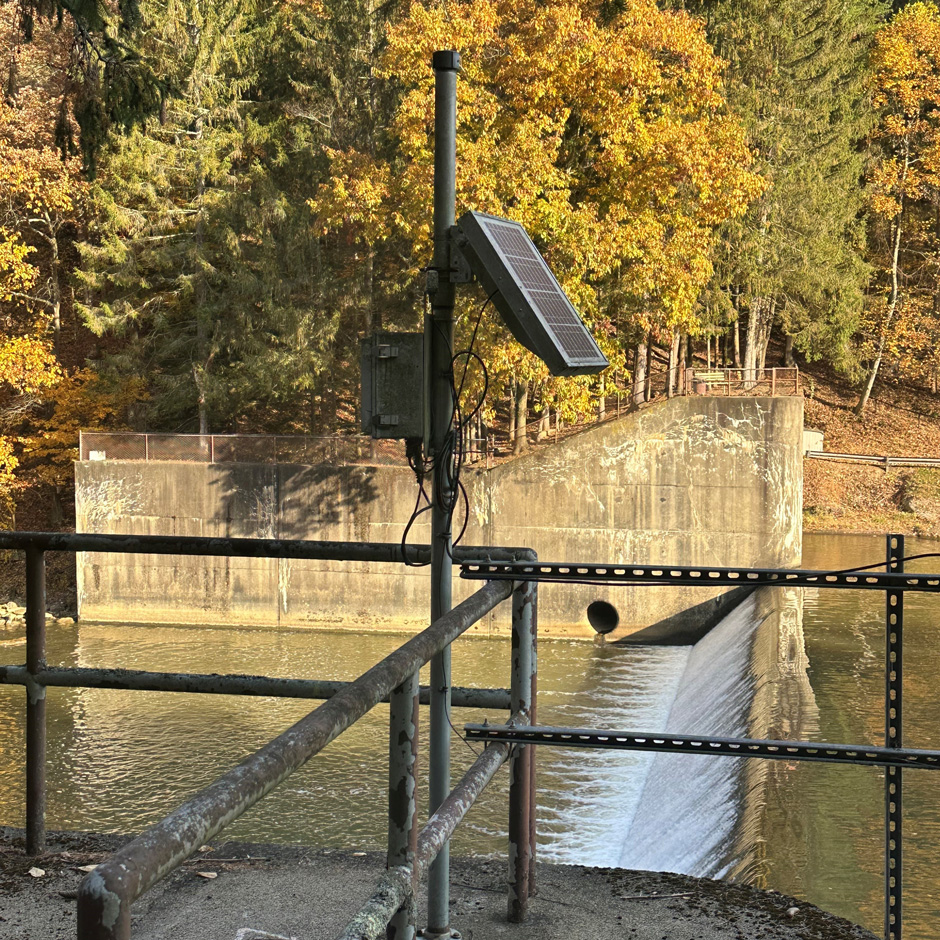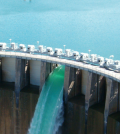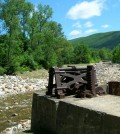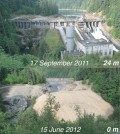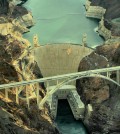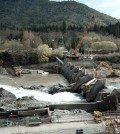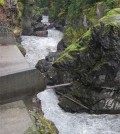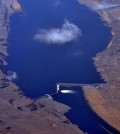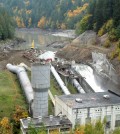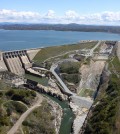Posts for tag "dams"
Building Reliable Systems: Hydroelectric Dam Monitoring in Western Pennsylvania
Hydroelectric dams are a source of renewable energy, and many have taken the place of fossil fuel reliance across the United States. While they provide green energy to the grid, they also impact the environment above and...
- Posted November 27, 2023
New England Dam Removal Could Restore Watershed Environments
Over 14,000 dams exist in New England, but many of the dams are no longer needed as hydropower use has significantly dwindled. According to a Dartmouth College study, the removal of some of these dams is key...
- Posted June 23, 2016
Rivers make quick recovery following dam removal, according to USGS study of 100-plus projects
Certain physical and biological characteristics of rivers recover soon after dam removal, especially if the dam is removed quickly, says USGS study.
- Posted June 4, 2015
Dam Impact Analysis Model Predicts Impacts For Sea-Run Fish
Diadromous fish, or fish that spend part of their life cycle in freshwater and part in saltwater, are especially sensitive to the effects of dams and other structures that impact water flow. To assess the severity of...
- Posted May 29, 2015
Beaver Dams Support Flood Protection Efforts
Beavers build dams using mud and twigs to create calmer water habitats and a new study shows they can help slow flooding, according to a Science News article. Previously, researchers did not believe beaver dams had much...
- Posted May 15, 2015
Largest dam removal in U.S. history: restored habitat, sediment release
Five new papers from the USGS and others reveal the effects of the largest dam removal in U.S. history, including a 10 million cubic meter sediment release
- Posted February 25, 2015
Map reveals impacts of present and future dams on rivers around the world
McGill University researchers are the first to compile a map revealing dam impact around the world, from 1930 through 2030.
- Posted January 21, 2015
Study of Oregon dam removals finds rivers recover quickly
A study of two Oregon dam removals shows that sediment released by deconstruction is only a quick speed bump on the road to recovery to a pre-dam state.
- Posted October 17, 2014
The final phase of the Elwha River dam removal is complete
The last piece of the lower dam blocking Washington state’s Elwha River has been removed, according to NPR. With its removal, a project that began three years ago to free the Elwha river’s flow is complete. Scientists...
- Posted September 8, 2014
Elwha dam removal creates outdoor classroom for U. Wash. students
On the Elwha River, the largest dam removal in history freed thousands of tons of sediment and created an outdoor classroom to study the effects.
- Posted August 15, 2014
Study documents changes to Green River after 2011 flood below Flaming Gorge Dam
The USGS released a study of a planned flood from the Flaming Gorge Dam that triggered flows among the highest on the Green River since the dam was built.
- Posted April 10, 2014
Crack found in Wanapum Dam on Columbia River
Water levels behind the Wanapum Dam on the Columbia River are being drawn to their lowest levels in 50 years, according to National Public Radio. This is because a 65-foot crack has been found in the dam’s...
- Posted March 14, 2014
Drained Lake Perez a chance to study dams and water quality in a shale watershed
A dried-up Pennsylvania lake and a slew of monitoring tools are teaching students about the effects of damming on an understudied shale watershed.
- Posted January 27, 2014
After largest ever dam removal on Elwha River, scientists track sediment
The largest dam removal in history sent millions of cubic feet of sediment flowing down the Elwha River. Scientists have published an early look at where it's ending up.
- Posted January 17, 2014
Sensors watch water quality near Folsom Dam spillway construction
An engineering firm's novel water quality monitoring strategy is keeping the a California flood protection construction project on schedule while protecting the environment.
- Posted December 18, 2013
USGS studies sustainability of sandbar-building dam releases on Colo. River
A USGS monitoring program helps gauge a strategy to rebuild sandbars in the Colorado River with controlled floods.
- Posted September 5, 2013
Flood control dams with a modern mission
In the unseasonably warm March of 1936, the Northeast’s snowpack melted quickly and joined with a heavy rain to send water rushing down the Allegheny and Monongahela rivers toward Pittsburgh.
- Posted October 10, 2012


